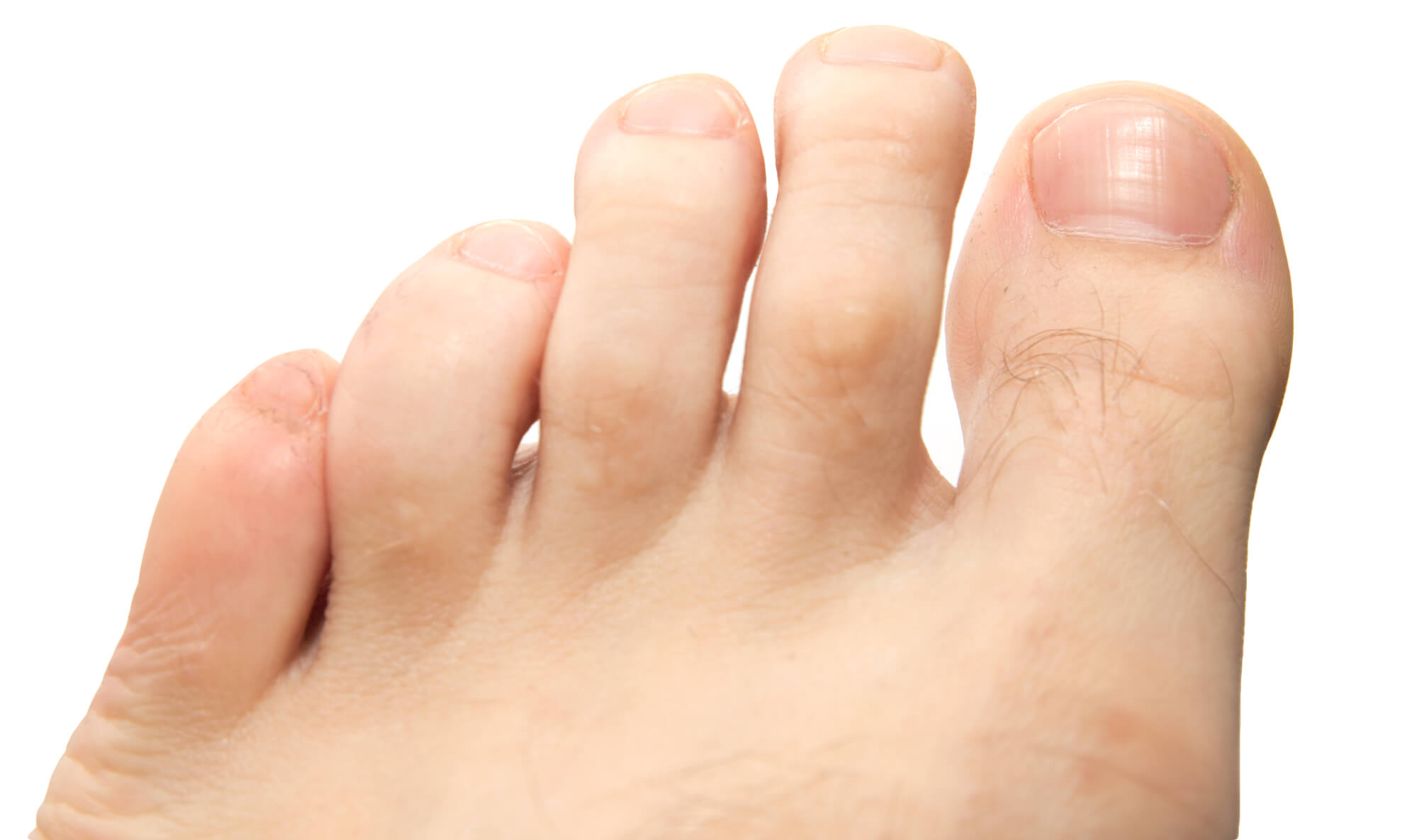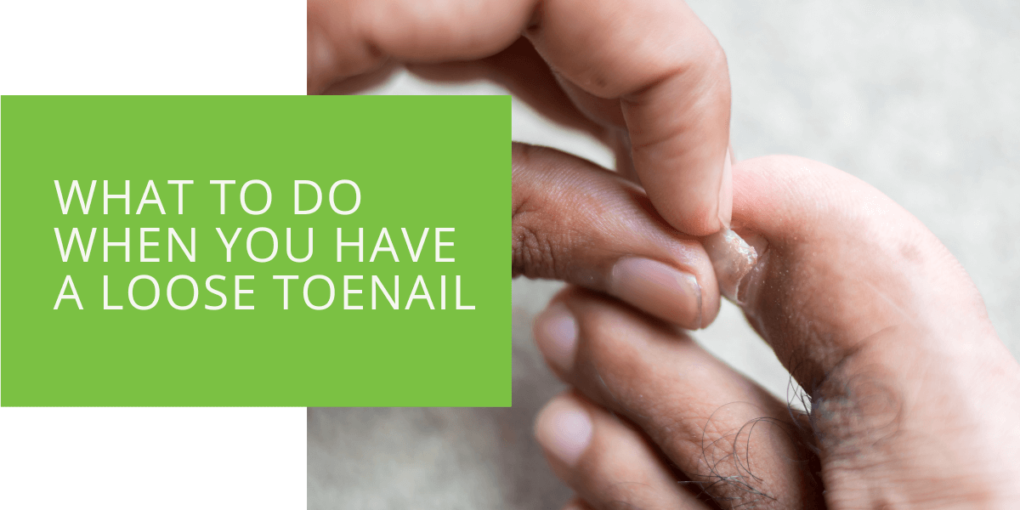What to Do When You Have a Loose Toenail
A loose toenail can be a painful and uncomfortable experience. It can be caused by several factors, including trauma, fungal infections, and poorly fitted shoes. In this article, we will provide a guide to the treatment and prevention of a loose toenail.
What Causes a Loose Toenail?
A loose toenail is typically caused by trauma or injury to the nail bed. However, it can also be caused by fungal infections or medical conditions such as psoriasis and diabetes. Other factors that can contribute to a loose toenail include:
- Wearing shoes that are too tight or too loose
- Ingrown toenails
- Overuse of certain medications
- Genetics
Symptoms of a Loose Toenail
The symptoms of a loose toenail can vary depending on the severity of the condition. Common symptoms include:
- Pain, discomfort, and sensitivity in the affected toe
- Discoloration and swelling around the nail bed
- Noticeable separation of the nail from the nail bed

Treatment Options for a Loose Toenail
Treatment options for a loose toenail depend on the severity of the condition. If the toenail is still attached to the nail bed, you can take the following steps:
- Keep the nail in place to allow a new nail to grow back. This process may take several months, but keeping the nail in place is important to avoid damaging the nail bed.
- Apply a topical antibiotic ointment to the affected area to prevent infection and promote healing.
- If the toenail is causing significant pain, a podiatrist may recommend an over-the-counter pain reliever or prescribe stronger pain medication.
If the toenail has detached from the nail bed, you can take the following steps:
- Trim the nail to prevent it from catching on clothing or other objects. It is important to use clean and sharp clippers to prevent infection.
- Keep the affected toe clean and dry to prevent infection. Use warm water and soap to clean the area, but avoid using hot water or harsh soaps.
- Wear shoes that fit properly and provide adequate support to the affected toe. Avoid wearing high-heeled shoes or shoes with a tight toe box.
- Apply an antifungal medication to the affected area to prevent fungal growth. This is particularly important if the cause of the loose toenail is a fungal infection.
- A podiatrist may recommend the use of a splint or brace to help the toenail heal. These devices can help to immobilize the toe and promote healing.
- In some cases, a podiatrist may need to remove the detached toenail to prevent infection or to promote the growth of a new toenail. This is typically done in cases where the toenail is severely damaged and is not healing on its own.
Surgery is a less common treatment option for a loose toenail, but it may be necessary in some cases. If the toenail is severely damaged or infected, a podiatrist may recommend surgery to remove the toenail and promote the growth of a new one.
It is important to note that self-treatment of a loose toenail can often make the condition worse. If you are experiencing significant pain, discomfort, or other symptoms associated with a loose toenail, it is important to see a podiatrist for proper diagnosis and treatment.

How to Prevent a Loose Toenail
There are several steps you can take to prevent a loose toenail, including:
- Wearing shoes that fit properly and provide adequate support to the feet and toes.
- Keeping the toenails clean and dry to prevent fungal infections.
- Trimming the toenails regularly to prevent ingrown toenails.
- Avoiding trauma or injury to the toes.
When to See a Podiatrist
It is important to see a podiatrist if you experience any of the following symptoms:
- Persistent pain and discomfort in the affected toe
- Signs of infection, such as redness and pus
- Recurrence of a loose toenail or symptoms after treatment
A podiatrist can help you determine the underlying cause of your loose toenail and provide the appropriate treatment.
Conclusion
A loose toenail can be a painful and uncomfortable experience, but proper treatment and prevention can promote healing and prevent further damage. If you experience a loose toenail, take the necessary steps to keep the affected area clean and dry, and see a podiatrist if you experience any symptoms of infection or recurrence. With the right care and attention, you can get back to your daily activities without the discomfort and pain of a loose toenail.

